The Himalayan cat is a long-haired breed that is a cross between a Persian cat and a Siamese cat. They are known for their soft, thick fur, blue eyes, and gentle temperament. Himalayan cats are relatively inactive cats, and they prefer to spend their time lounging around on laps or in sunny spots. They are also very good with children and other pets, making them a great choice for families. If you are looking for a gentle, loving cat that is low-maintenance, then the Himalayan cat may be a good choice for you. They are great for families with children and other pets, and they require relatively little grooming. However, it is important to be aware of the health problems that Himalayan cats are prone to so that you can provide them with the best possible care
Himalayans make wonderful family pets because they easily get along with everyone and are a breeze to take care of. They are medium-sized cats with dense and luxurious fur, which gives them a larger appearance than they actually are.
These beautiful cats come in whitish and grey colors, and they have distinctive dark markings on their tail, nose, ears, and legs. Their fur is long, glossy, and thick, adding to their stunning looks. With their compact bodies, large round eyes, perky ears, and short, thick tails, Himalayans have a unique and adorable appearance.
Their cute little noses stand out on their round faces, making them truly one-of-a-kind. Regular combing and brushing are essential to maintain their furry coat, and since they have flat faces, it’s important to keep them clean.
Himalayans are playful and love toys, so having some around will keep them happily engaged and entertained. They’ll surely enjoy the fun and interactive activities.
Appearance: Himalayan cats have a distinct appearance characterized by their color-pointed markings (darker color on the ears, face, paws, and tail) and a Persian-like body structure. They have a flat face and a long, flowing coat.
Coat: Their coat is long and silky, and it comes in a variety of colors and patterns, including seal, blue, chocolate, lilac, and more. The coat requires regular grooming to prevent matting.
Temperament: Himalayan cats are known for their gentle and calm personalities. They are affectionate, and sweet, and often enjoy lounging around indoors. They typically get along well with other pets and children.
Lifespan: The average lifespan of a Himalayan cat is around 9 to 15 years, but with proper care, they can live longer. Health Considerations: Due to their flat faces (brachycephalic), Himalayan cats can be prone to respiratory issues and dental problems. They are also susceptible to common feline health issues such as dental problems, kidney disease, and eye conditions.
Indoor Living: Himalayan cats are well-suited for indoor living due to their long coat and brachycephalic features. They should be kept in a climate-controlled environment.
Grooming: Regular grooming is essential to keep their coat in good condition. Daily brushing helps prevent matting and reduces shedding. Socialization: They are social cats that enjoy human companionship. Regular interaction and playtime with their owners are essential for their well-being.
Exercise: Himalayan cats are not overly active but still benefit from short play sessions and mental stimulation. Puzzle toys and interactive play are great ways to engage them.
Personality: They tend to have a laid-back and affectionate personality, often seeking out warm spots to relax.
In summary, Himalayans are friendly, low-maintenance, and beautiful cats that make fantastic companions for any family. Just remember to shower them with love and attention, and they’ll be your loyal and affectionate pets.

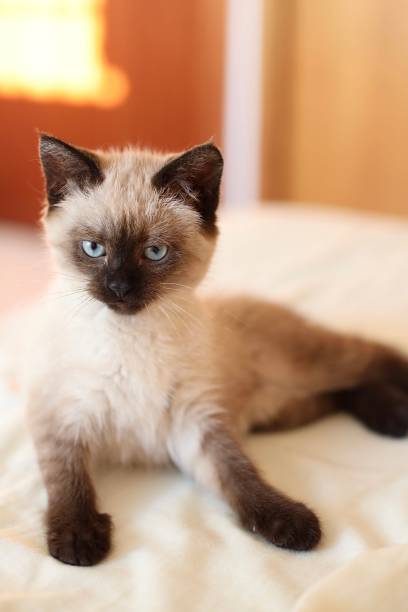



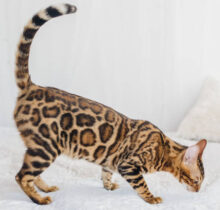
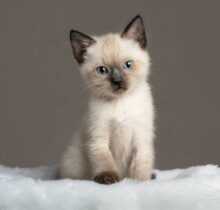
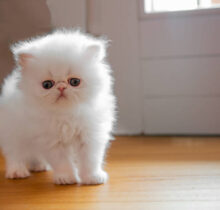

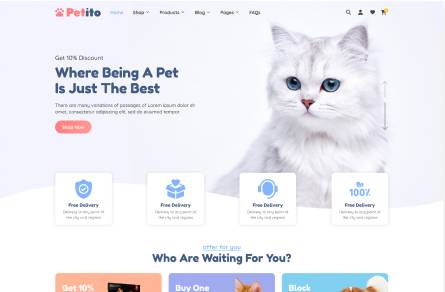




Reviews
There are no reviews yet.